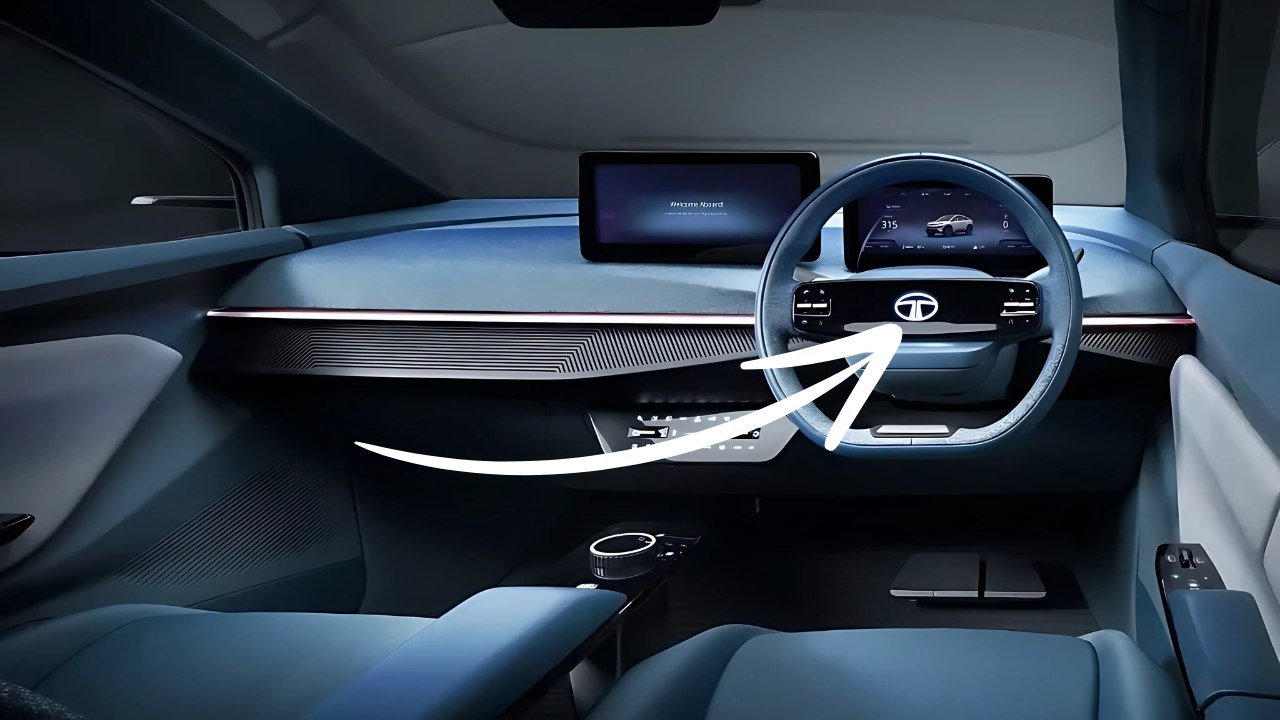The Tata Nano, often referred to as the “people’s car,” emerged as a groundbreaking concept in the automotive world. Launched in 2009 by Tata Motors, it was the brainchild of Ratan Tata, who envisioned a safe, affordable alternative to the millions of families traveling on two-wheelers in India.
The Nano’s journey from concept to reality is a tale of innovation, challenges, and the pursuit of a dream to make car ownership accessible to the masses.
The Genesis: From Sketch to Reality
The idea for the Tata Nano was born in 2003 when Ratan Tata saw a family of four precariously balanced on a scooter.
This sight sparked a vision to create a car that would be affordable enough for such families to upgrade to safer transportation. The initial goal was ambitious: to produce a car that would retail for just 1 lakh rupees (approximately $2,000 at the time).
Tata Motors assembled a team of engineers tasked with the seemingly impossible: designing a car that would be both incredibly cheap and meet basic safety and emission standards. This challenge required rethinking every aspect of car design and manufacturing.
Design and Engineering: Innovation on a Budget
The Nano’s design was a masterclass in frugal engineering. Every component was scrutinized for cost-saving potential without compromising functionality:
Body Design: The car featured a unique mono-volume design, optimizing interior space while minimizing material use.
Engine: A rear-mounted 624cc two-cylinder engine was developed, capable of 33 horsepower.
Transmission: A simple four-speed manual gearbox kept costs down.
Materials: High-strength steel was used to reduce weight and cost while maintaining structural integrity.
Features: The base model was stripped down to essentials, lacking power steering, power windows, and even a radio.
The result was a car that weighed just 600 kg, making it one of the lightest four-wheeled passenger vehicles in production.
Manufacturing and Production Challenges
The journey from concept to production was fraught with challenges. The initial plan to manufacture the Nano at Singur, West Bengal, faced political and land acquisition issues, forcing Tata Motors to relocate the plant to Sanand, Gujarat. This move delayed the launch and increased costs.
Despite these setbacks, the first Nano rolled off the production line in 2009, amid great fanfare and global media attention.
Market Reception and Evolution
The Nano’s launch was met with unprecedented interest. Over 200,000 initial orders were placed, far exceeding production capacity. However, the car’s market performance didn’t match the initial enthusiasm:
Safety Concerns: Early incidents of Nanos catching fire led to safety concerns, though Tata Motors addressed these issues promptly.
Perception Issues: The “cheapest car” tag, while initially a selling point, began to work against the Nano. Many potential buyers were hesitant to be seen in a car associated with extreme frugality.
Rising Costs: Due to increasing material costs and safety upgrades, the price of the Nano gradually increased, moving away from its original promise of a 1 lakh rupee car.
In response to market feedback, Tata Motors introduced several updates and variants over the years:
Nano Twist: Introduced power steering for easier maneuverability.
Nano GenX: Featured an automated manual transmission option and improved interiors.
Nano eMax: A CNG variant for increased fuel efficiency.
Impact on the Automotive Industry
The Tata Nano’s impact extended far beyond its sales figures:
Frugal Engineering: The Nano project showcased India’s capabilities in frugal engineering, inspiring other manufacturers to explore ultra-low-cost vehicles.
Supply Chain Innovation: The development process led to innovations in the automotive supply chain, benefiting the industry as a whole.
Global Attention: The Nano attracted worldwide attention to India’s automotive sector, enhancing its global reputation.
Market Expansion: While the Nano itself didn’t achieve the expected sales, it helped expand the entry-level car market in India.
Lessons Learned and Legacy
The Nano project offered several valuable lessons:
Price isn’t everything: The focus on being the cheapest car overshadowed other important factors like aspirational value and features.
Marketing Matters: The initial marketing strategy, emphasizing affordability, inadvertently positioned the Nano as a compromise rather than an aspiration.
Adaptability is key: Tata Motors’ willingness to evolve the Nano based on market feedback demonstrated the importance of flexibility in product development.
Innovation has value beyond sales: Even though the Nano didn’t meet sales expectations, the innovations it spawned had far-reaching impacts on the automotive industry.
Environmental and Social Considerations
The Nano project raised important questions about the environmental and social implications of increased car ownership in developing countries.
While it promised safer transportation for families, concerns were raised about its potential to increase traffic congestion and pollution in already crowded cities.
The Future of Affordable Mobility
Although production of the Tata Nano ceased in 2018, its legacy continues to influence discussions about affordable mobility solutions. The concept of a safe, affordable family car for emerging markets remains relevant, with electric vehicles now entering this conversation.
Tata Nano : A Bold Experiment in Automotive Democracy
The Tata Nano represents one of the boldest experiments in the history of the automotive industry.
While it may not have achieved its commercial goals, it succeeded in challenging conventional thinking about car design, manufacturing, and marketing. The Nano’s journey from a sketch to a symbol of India’s engineering prowess is a testament to the power of vision and innovation.
As the automotive world moves towards electric and autonomous vehicles, the lessons learned from the Nano project continue to be relevant.
The dream of providing safe, affordable mobility to millions remains alive, with the Nano serving as both an inspiration and a case study for future endeavors in this direction.
The Tata Nano may have left the production lines, but its impact on the automotive industry, especially in emerging markets, will be felt for years to come.
It stands as a powerful reminder that sometimes, the greatest successes come not from flawless execution, but from the courage to dream big and the willingness to challenge the status quo.
